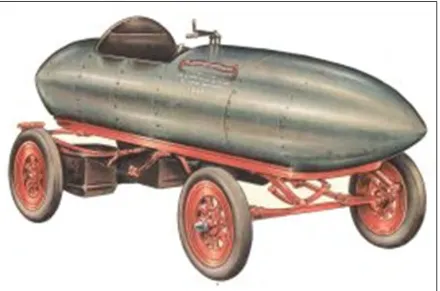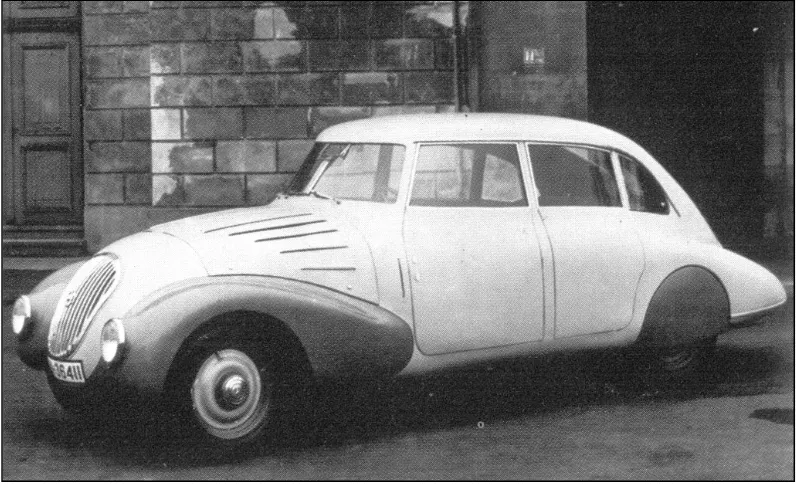An Aerodynamic Study Of Car Spoiler Using CFD
Full text
Figure



Related documents
The drag coefficient reduces by 5.97% and lift coefficient by 96.3% with the attachment of spoiler at inclination of 30 degrees downwards at a velocity of 60 kmph.. The
At 10deg angle of attack with speed 250m/s observed maximum velocity is 286m/s, total pressure is about 23056Pa, coefficient of lift and coefficient of drag
lift to drag coefficient ratio with angle of attack, then that angle is optimum angle of attacks for that Airfoil. Here ratio starts from -5° and continuous
For each wind tunnel speed the model with a spoiler showed some improvement in the pressure static pressure distribution than the base model. Due to the improvement of pressure
The lift and drag (initially by surface integration but a farfield method is also used), as well as the pressure coefficient at selected wing stations, were compared with the
In the present study, the computational fluid analysis was performed on the twin spoiler arrangement to visualize the flow behavior and to evaluate the performance
Additionally, drag is a form of resistance from the air against the solid moving object. As air flows around a body, the local velocity and pressure are changed effectively
The Drag coefficient, Velocity streamline plot and Pressure distribution plot obtained for both original and modified truck model are as shown below. Drag coefficient for